Arthritis – Symptoms, Causes, Treatments and Diet Tips

Alpa Momaya
October 12, 2022

Alpa Momaya
October 12, 2022
Arthritis is a broad term that refers to the inflammation of joints. The main symptoms of arthritis are stiffness and joint pain in one or multiple joints. There are more than 200 different types of arthritis, each differing in cause and treatment method.
The most common types of arthritis are Osteoarthritis and Rheumatoid arthritis. Arthritis does not occur immediately; it develops over time. Globally, one-fifth of the adult population, is experiencing some form of arthritis. It is more common in women than in men.
Osteoarthritis and Rheumatoid arthritis are the two common types of arthritis.
Osteoarthritis is caused due to wear and tear on the bones, which occur as we age. Cartilage cushions the ends of the bones and helps in the easy movement of the joints. If the cushion is damaged, there is increased friction between the bones, which creates pain. Osteoarthritis affects the entire joint and causes deterioration of the cartilage, leading to inflammation.
Rheumatoid arthritis is a result of the body’s immune system attacking the joints. This is also called an auto-immune disorder. The body’s immune system attacks the soft tissue in the joints responsible for lubricating and nourishing the cartilage.
The most common symptoms are:
In severe conditions, the intensity of the above symptoms increases, and symptoms may include
Consult a doctor if you’re experiencing continuous joint pain and difficulty walking. The doctor will conduct a physical examination and check the fluid around your joints and the range of motion.
The second step is the analysis of inflammation levels in the blood and joint fluids.
Other examination methods may include X-Ray, CT scan, and MRI, to obtain images of the bones and cartilages.
Arthritis treatments focus on pain reduction and preventing further damage to the joints.
Heating pads and ice packs are found to be helpful at the beginning stage to soothe pain, while assisted walkers reduce the pressure on the joints.

For severe cases, joint replacement may be an option. If arthritis in the fingers is severe, doctors may perform joint fusion to lock the bones until they heal.
Acupuncture, yoga, Tai Chi, massage, glucosamine, and chondroitin are some alternative practices used for arthritis. However, researches are mixed.
Physical therapy strengthens the muscles around the affected joints and may be useful for arthritis.
Lifestyle and diet changes help with symptom reduction, increasing overall well-being.
An important factor for arthritis is obesity or being overweight. Weight loss reduces the risk of developing arthritis and helps adults lead a normal life.
Eating a healthy diet, along with exercise, is very important for weight loss. A diet rich in omega-3-fatty acids, antioxidants, sulphur-rich foods, and whole grains will help reduce inflammation, increase immunity, and maintain a healthy weight.
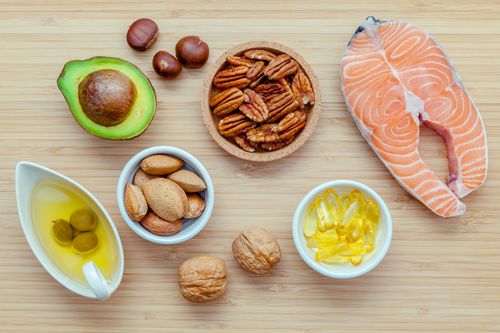
Walnuts, flaxseeds, and chia seeds are superfoods rich in Omega-3 fatty acids. These acids greatly reduce inflammation in the body. Consume 4 to 5 walnuts a day and add 1 to 1.5 tablespoons of Flax or Chia seeds to your food.
Recipe to try: Walnut balls with dates, brown sugar, and chia seeds.
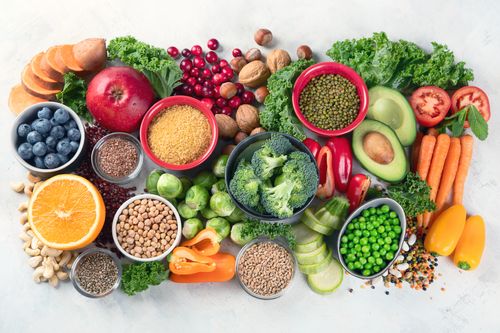
Antioxidants reduce the inflammation and pain of arthritis and help strengthen your immune system. Foods rich in antioxidants are broccoli, pineapple, oranges, grapefruit, strawberry, kale, cherries, and spinach.
Arthritis patients are advised to consume 4 to 5 servings of colourful vegetables and 2 to 3 servings of vitamin-rich fruits a day.
Recipes to try: colourful fruit salads, cabbage salad, spinach moong dal soup, palak matar paneer sabzi, capsicum curry, vegetables and orange juice.
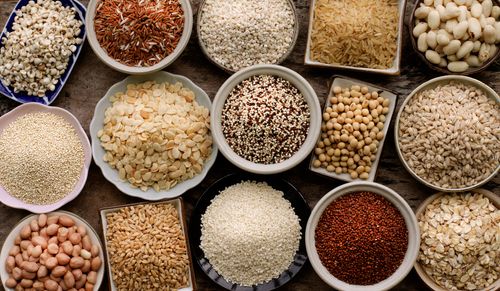
An important cause of osteoarthritis is obesity. Whole grains are rich in high fibre; high-fibre foods help maintain body weight by absorbing unwanted fatty acids in the body.
Include buckwheat, barley, bajra, and oats in your diet to strengthen your bones and add more iron and fibre. Try to add one portion of whole grain to your all 3 major meals.
Recipes to try: Oats porridge, moong dal sabzi, jowar porridge, jowar dosa, multigrain chapatis, brown rice, and wheat dosas.
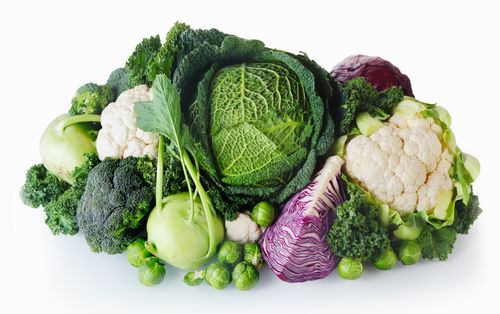
The sulphoraphane class of compounds reduces the inflammation of joints. Adding sulphur-rich foods like broccoli, cauliflower, cabbage, Brussels sprouts in your food as sabzis, salads, or snacks can help manage arthritis.
Recipes to try: Cabbage sabzi, cauliflower roti, cauliflower stir fry, cauliflower sabzi, broccoli stir–fry, avocado onion salad.
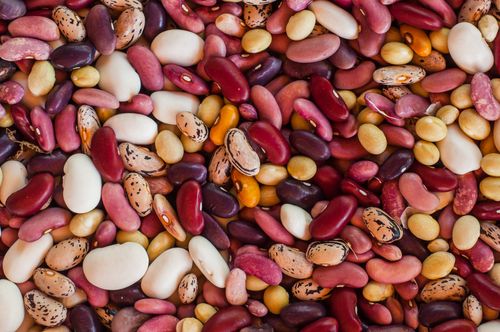
Whole beans are excellent sources of fibre, protein and micronutrients like zinc, iron, potassium, and magnesium. Whole beans support the immune system and are especially beneficial in sprouted form. Sprouting increases the nutrient value of the beans.
Recipes to try: Mixed sprouts, sprouts sabzi, sprouts and veggie salad, Punjabi Rajma curry, South Indian sambar, tamarind, sprouts/beans gravy, etc.
Doctors recommend a plant-based diet with probiotics to lead a healthy life. Since obesity is a major cause of arthritis, it is important to adhere to a healthy diet plan recommended by a dietician.
Cereals: black gram, black soybean
Herbs: ashwagandha
Organic whole grains: oats, corn, wheat, rice, barley, sorghum, millets, canary seeds, and rye.
Spices: turmeric, ginger
Tea: green tea, basil tea
Dairy: yoghurt
Foods with lower oxidative stress help reduce the stiffness in the joints by lowering inflammatory chemicals released in the immune system.
Fried and processed food, ready to cook instant foods, bakery items, products with white sugar and refined flours, aerated drinks, red meat, alcohol, and Fried eggs. Quitting smoking and alcohol will also help.
One such diet combination is oats/wheat chapati with vegetable kurma, accompanied by sprouts/beans curry and palak raita. One can add freshly crushed flax seeds in Chapati dough or sprinkle over salad/raita.
Arthritis has become a common problem among adults, affecting our daily life and creating problems with movement. Rheumatoid arthritis is unavoidable, whereas osteoarthritis is avoidable. Preventing arthritis is a better idea than trying to manage it once it develops. Following a healthy lifestyle along with exercises will help us keep arthritis at a distance.
A. Deep-fried, salted, and processed foods worsen arthritis. Processed foods are low in antioxidants, but high in preservatives and calories. Such foods contribute to weight gain and stress on the joints. Low-calorie, fresh, healthy fruits and vegetables, whole grains, and beans increase metabolism and help maintain a healthy body weight.
A. Arthritis develops with age in adults. One–fifth of the adult population is suffering from one or the other type of arthritis. Risk factors associated with arthritis are infections, injury, immune system dysfunction, change in metabolism, and genetic factors.
A. Bananas are good for arthritis as they are rich sources of minerals like potassium and magnesium, which help increase bone density. Egg yolks contain arachidonic acid, which helps trigger inflammation in the body; it may be a good idea to prefer bananas and restrict/reduce frequency of egg yolk intake for arthritis.

